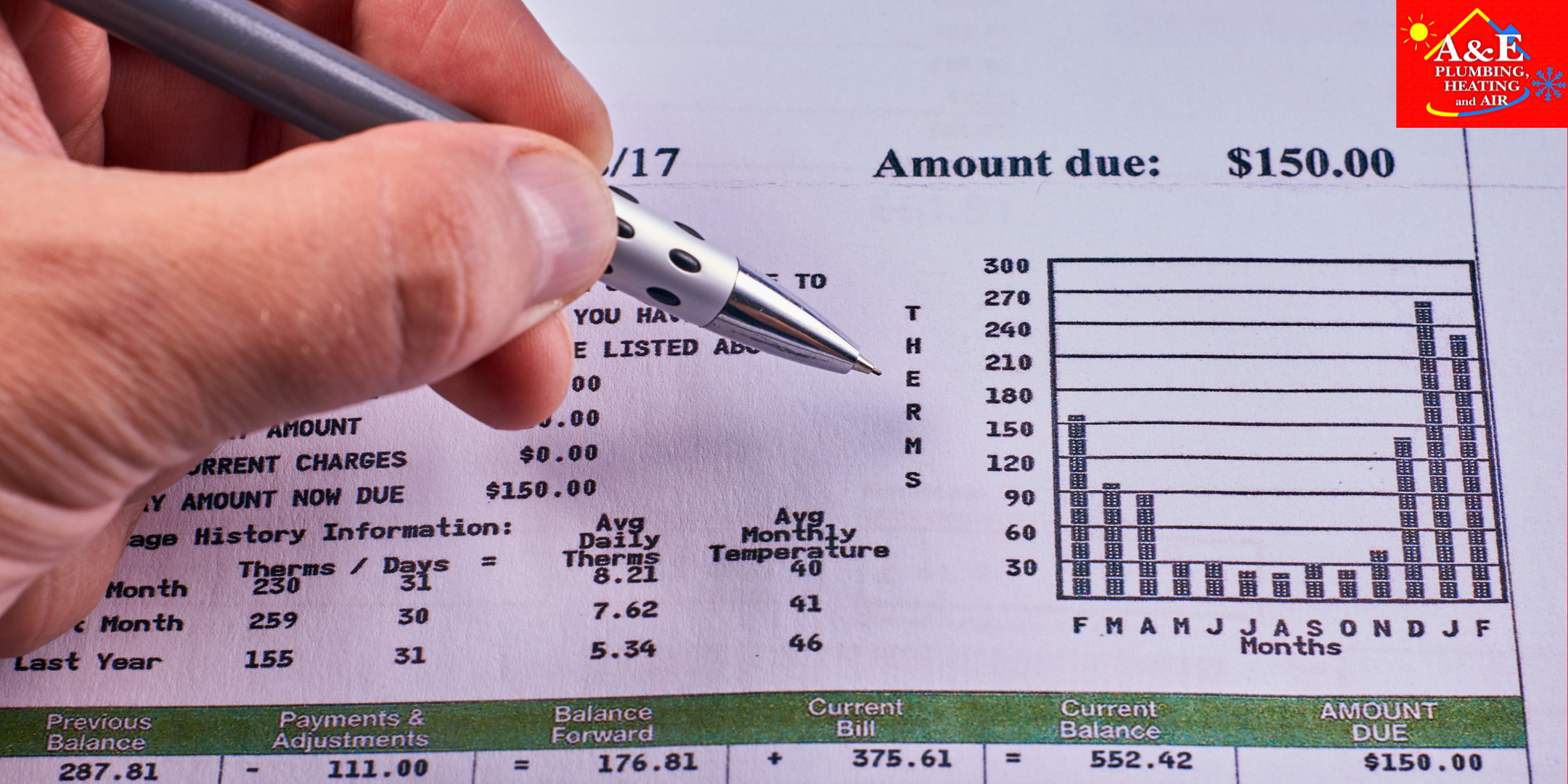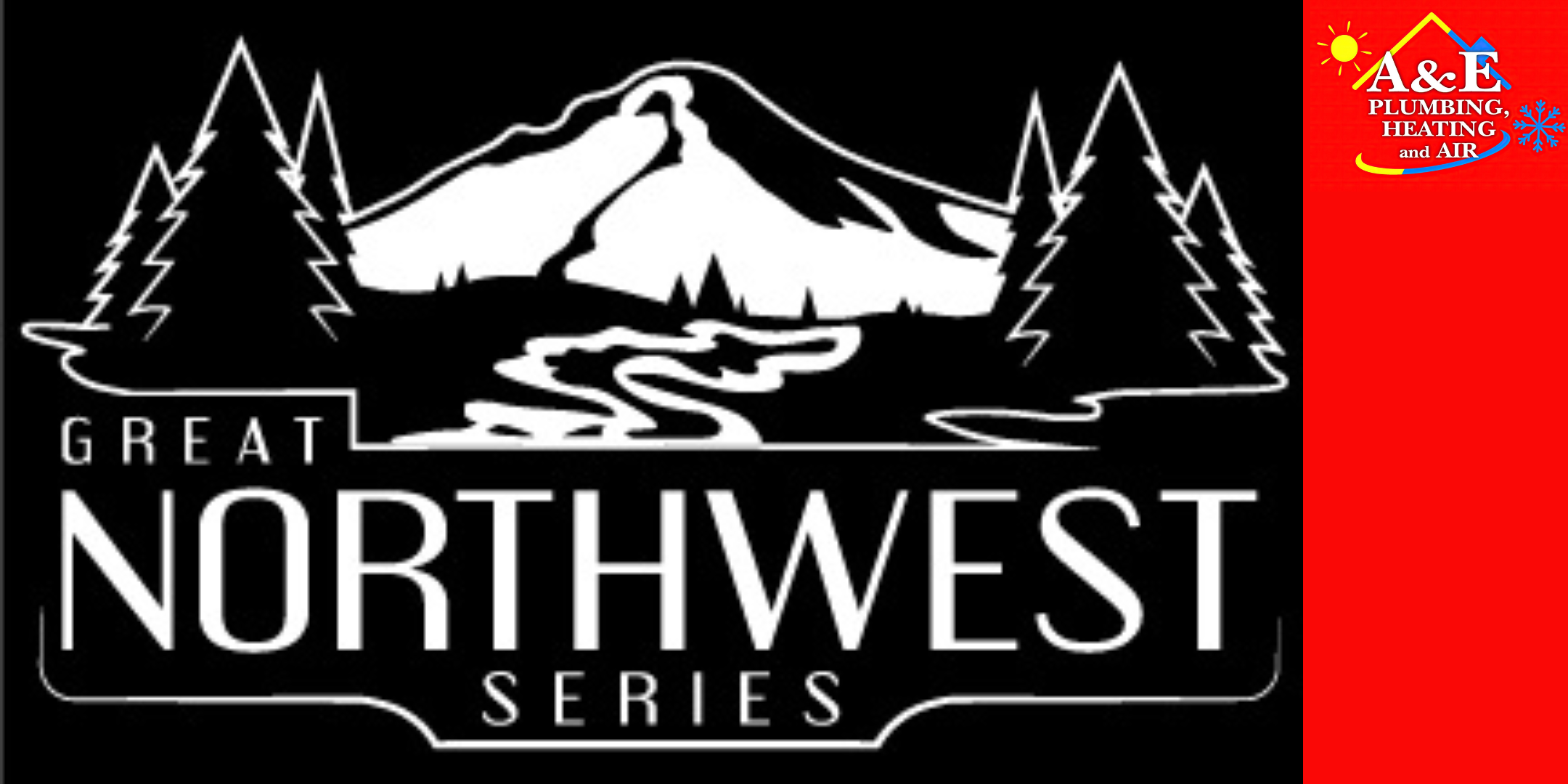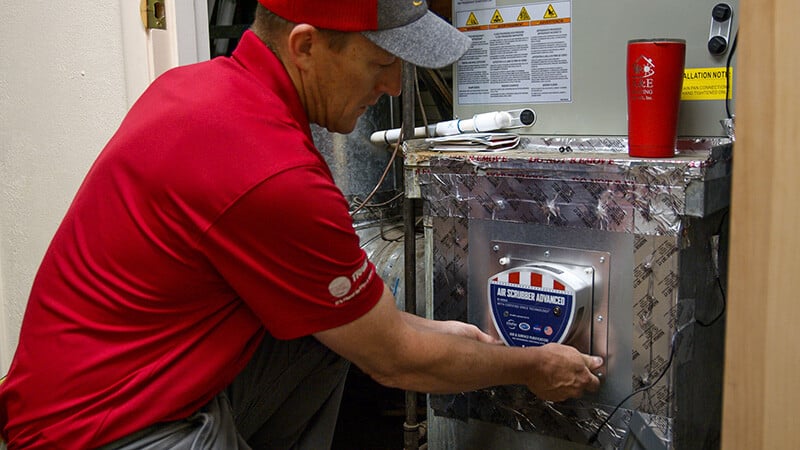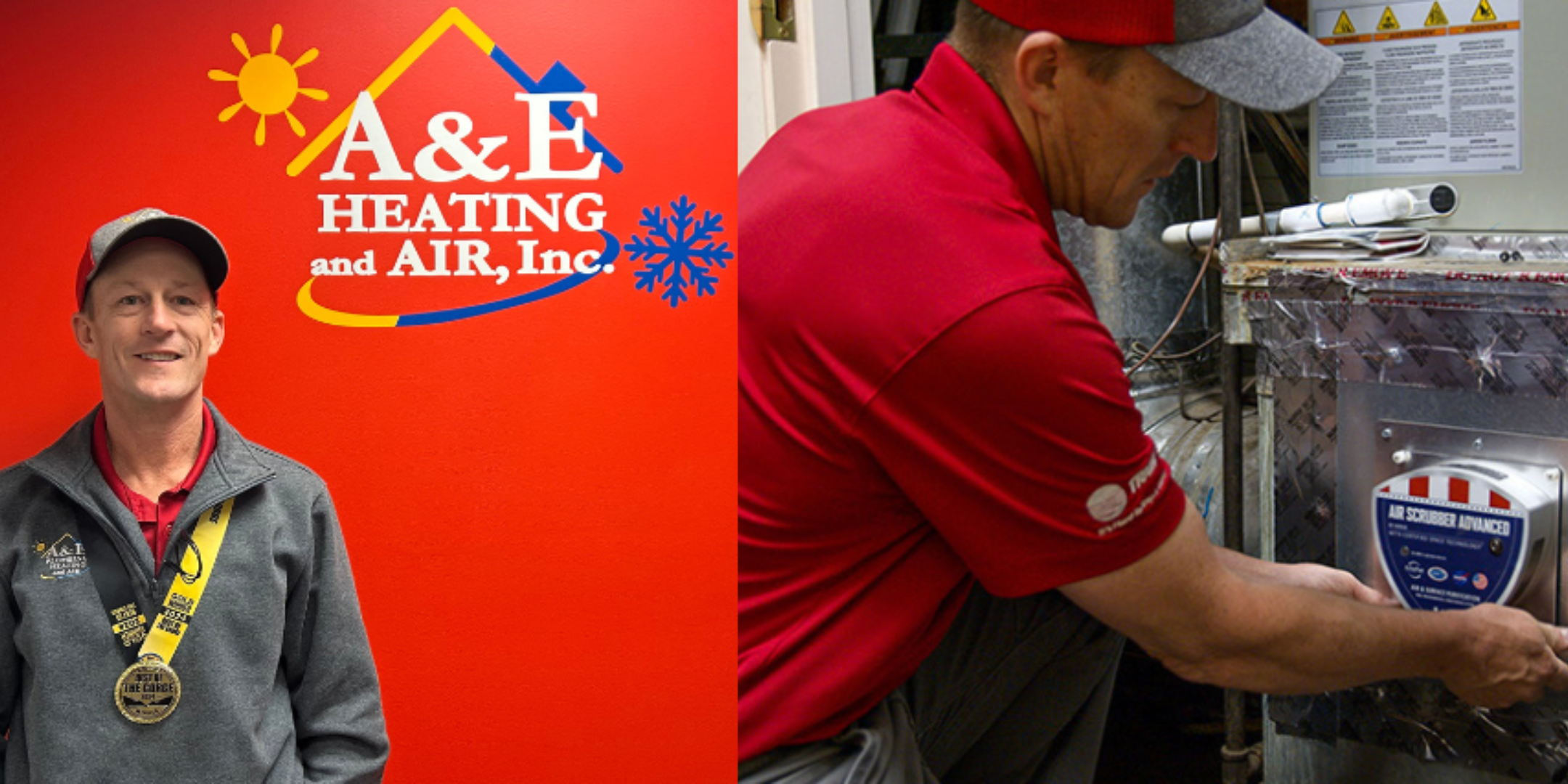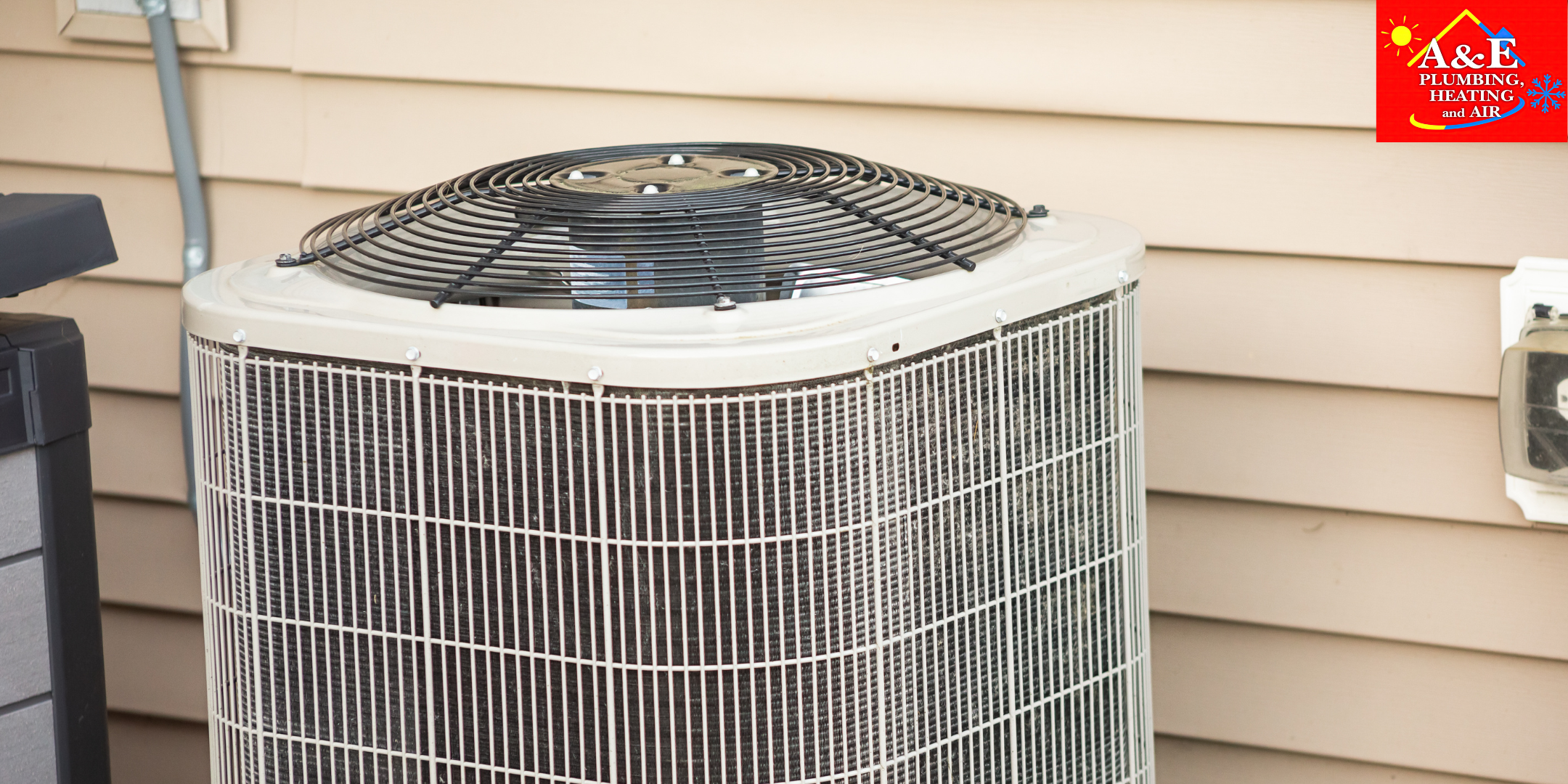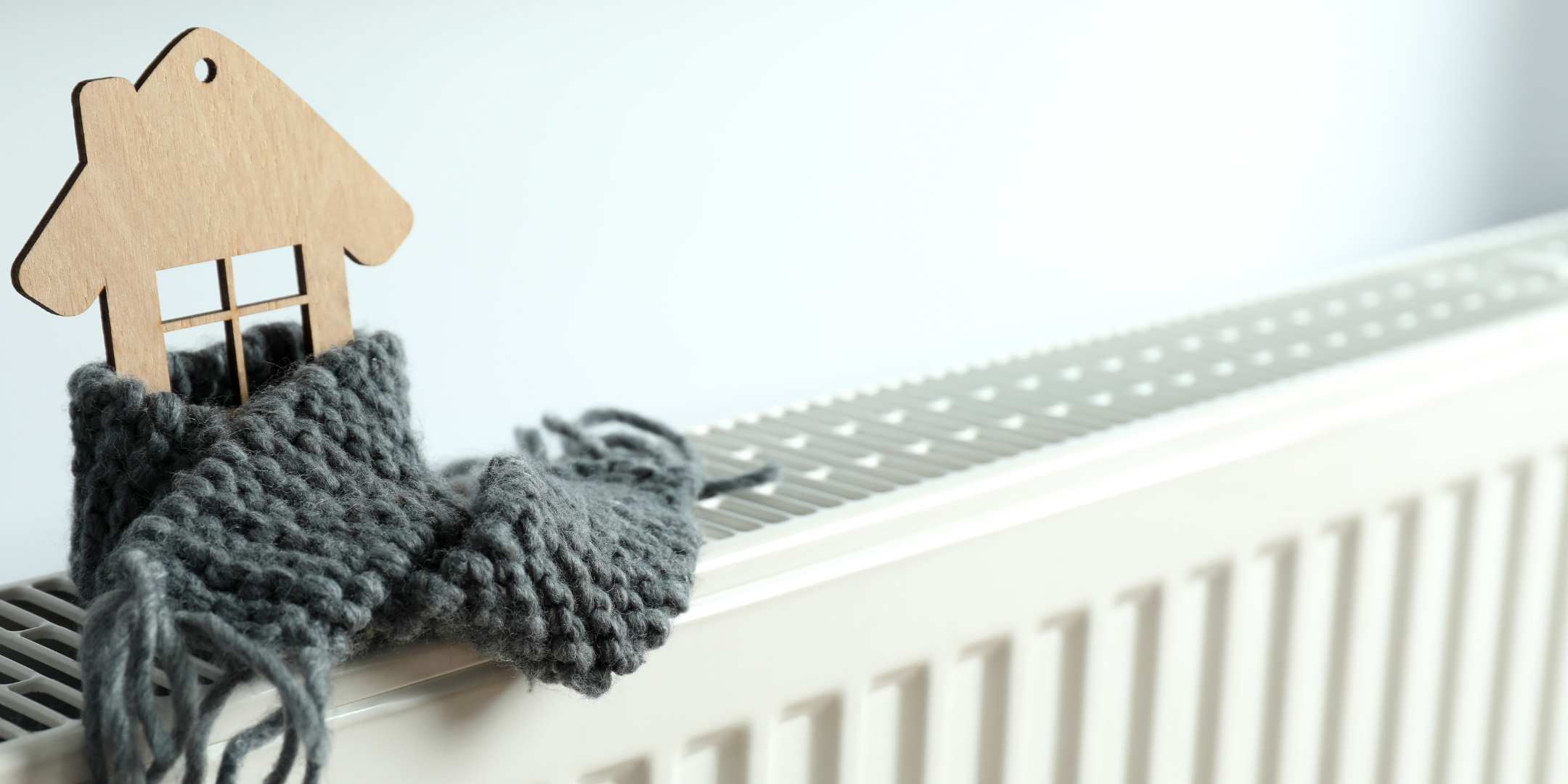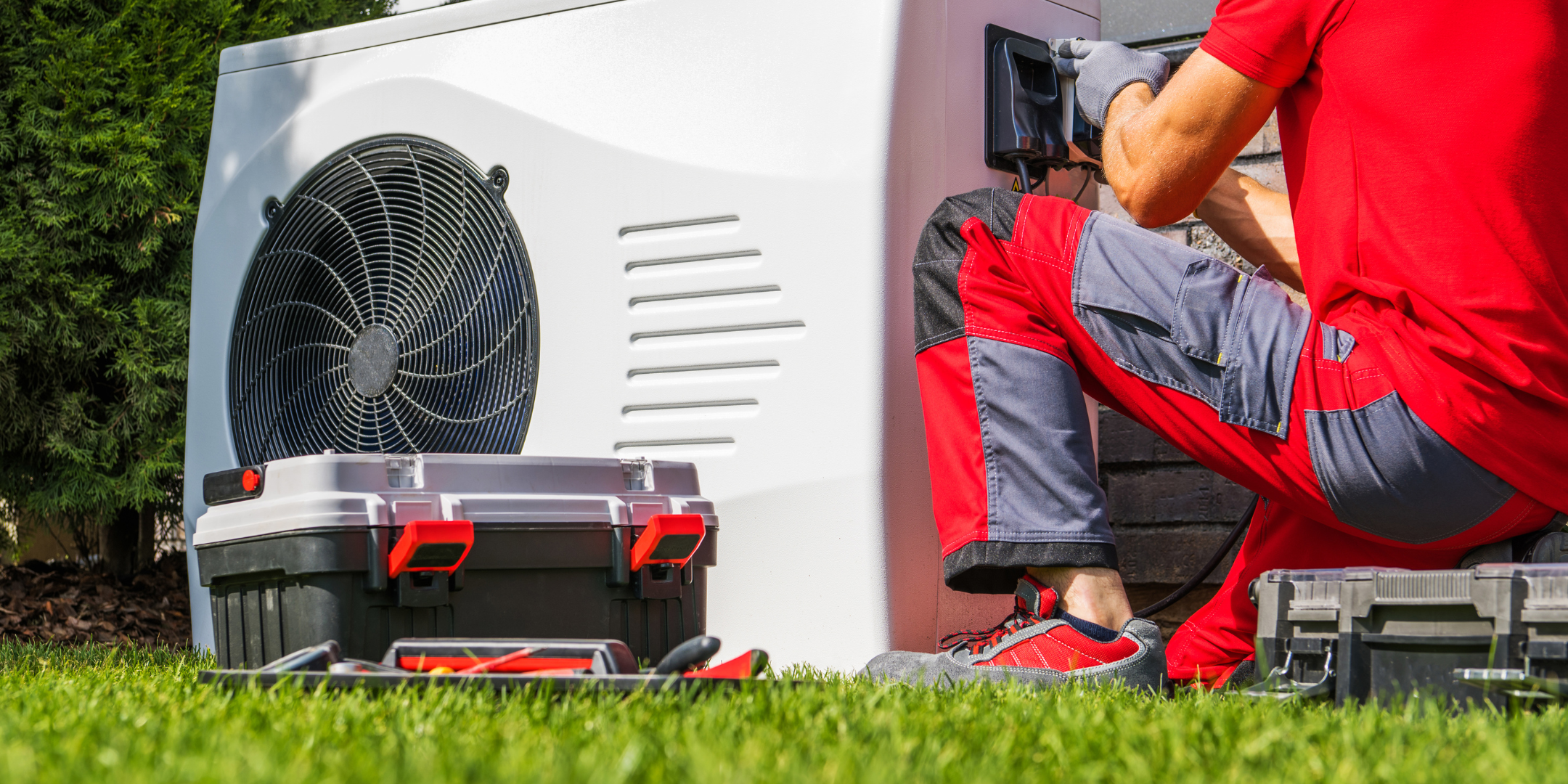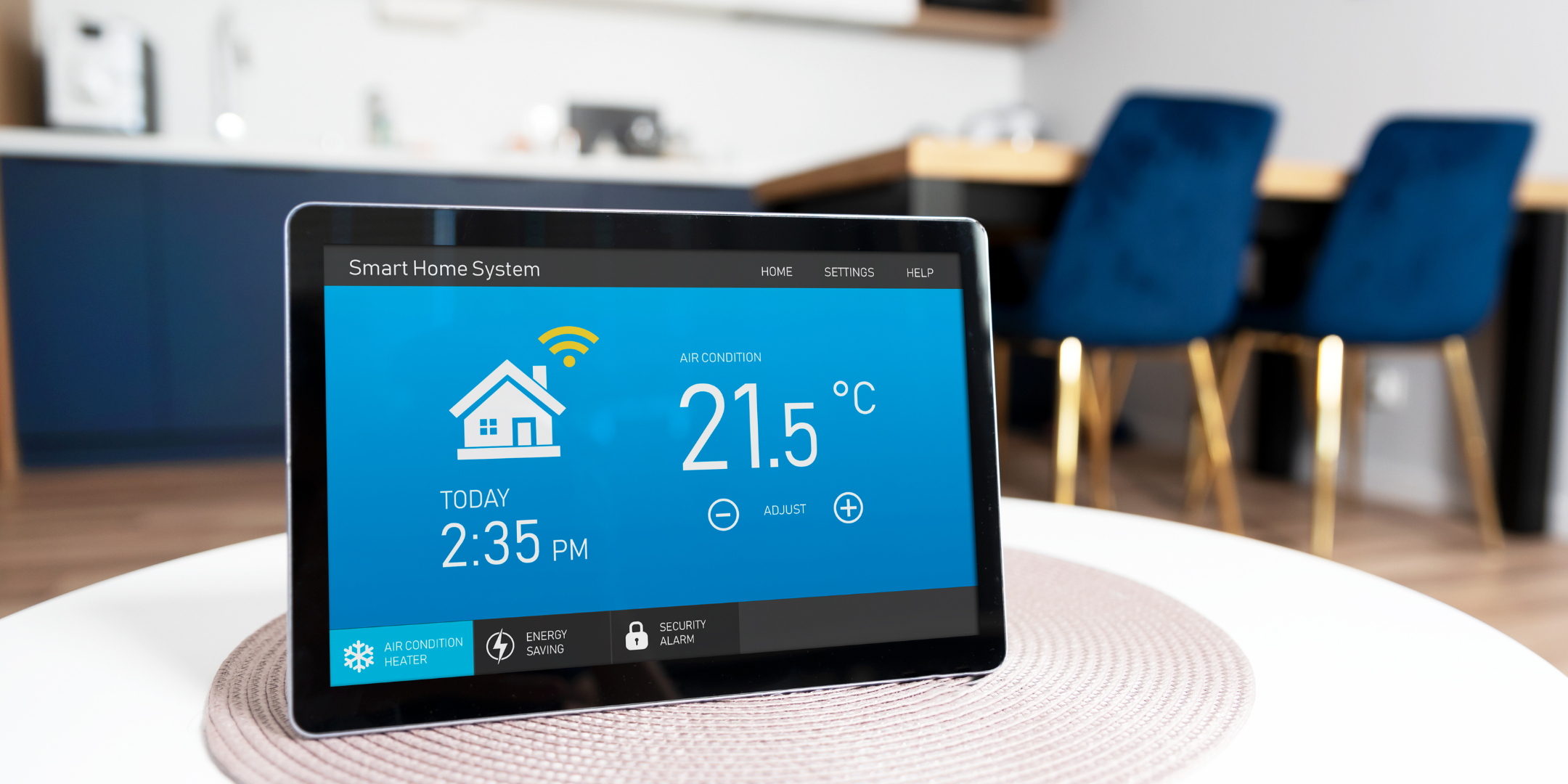How to Read Your Utility Bill and Spot Hidden Energy Waste
October 29th, 2025
4 min read
By Daphne Hunt
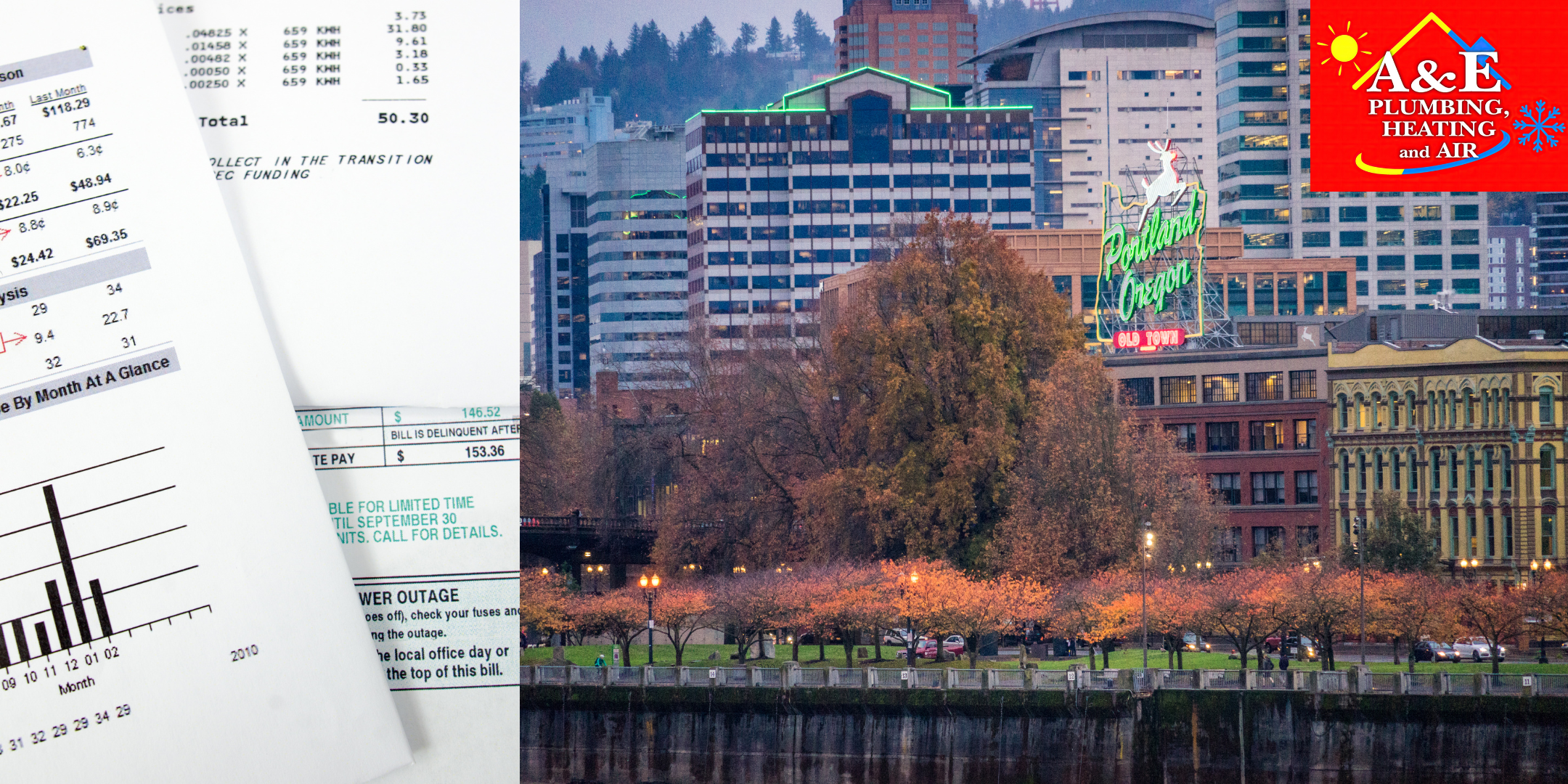
If you’ve ever opened your monthly bill from PGE, Gresham Utilities, or another provider and thought, “Why is this number different every month?” — you’re not alone.
is this number different every month?” — you’re not alone.
Utility bills are often overly technical and confusing because they’re built by people who understand the systems (engineers or utility administrators), not by people who actually have to read and interpret them every month. You get charged for “usage,” “delivery,” “adjustments,” “meter reads,” and a dozen other items that sound important but don’t exactly scream clarity.
Still, understanding your utility bill is one of the simplest ways to get a real-world look at how your home performs. Every spike, dip, and trend tells a story about your heating system, insulation, appliances, and even your family’s habits.
By the end of this article, you’ll know exactly how to read a standard utility bill, what those line items actually mean, and how to use them to lower your winter costs without giving up comfort.
Why You Can Trust What You’re Reading Here
At A&E Plumbing, Heating and Air, we’ve been serving homes across Oregon and Washington for more than 17 years — from the windy ridge of The Dalles to the heart of Gresham and Portland’s east side.
We’ve seen nearly every reason why a bill creeps higher than expected:
- Heat pumps trying to fight off drafts from old windows.
- Furnaces that short-cycle because filters haven’t been changed.
- Water heaters that quietly waste energy heating sediment instead of water.
When a customer calls us and says, “My bill just doesn’t make sense,” we don’t typically start with the system — we usually start with the bill. It’s a roadmap to how your home is using (or losing) energy.
Step 1: Know What You’re Actually Paying For
Most standard utility bills — including those from Portland General Electric or Gresham Utilities — have three main sections:
- Usage Charges: The actual energy or water you consumed.
- Electric usage is measured in kilowatt-hours (kWh).
- Gas is measured in therms, and water in gallons or cubic feet.
- Electric usage is measured in kilowatt-hours (kWh).
- Delivery Fees: What it costs to move that power, gas, or water through lines and pipes to your home.
- Service or Base Fees: The fixed charge that keeps your connection active — think of it like your internet modem fee, but for utilities.
If you’ve ever thought, “My bill went up but I didn’t use more,” look closely at which part changed. Sometimes the usage rises because of cold weather or longer showers. Other times, it’s the delivery or base fee, which is set by the utility company and outside your control.
Still, your usage section is the one you can influence — and that’s where your power (literally) lies.
Step 2: Don’t Ignore the Graph — It’s Your Home’s Mood Tracker
Flip your bill over or look near the bottom. Most utilities include a small bar graph showing your monthly or daily usage. It’s easy to overlook, but that chart can reveal a lot about your home’s health.
daily usage. It’s easy to overlook, but that chart can reveal a lot about your home’s health.
Here’s how to read it like a pro:
- If there’s a sudden spike: That’s your home yelling for help. It could be something simple like a dirty air filter, or a bigger issue like a heat pump running on backup power.
- If this year’s bars are taller than last year’s: Your home is likely losing efficiency — maybe your furnace needs tuning or your attic insulation has settled.
- If it never drops, even when you’re gone: You’ve got a silent energy hog — possibly an old fridge, a water softener, or standby devices that never turn off.
If you’re on PGE’s Time-of-Use plan, the graph also breaks out high-demand hours. Adjusting your laundry, dishwasher, or shower schedule by just an hour or two can make a noticeable difference on your next bill.
Step 3: Turn Your Bill Into a Monthly Scorecard
Your utility bill can actually help you measure progress as you make small home improvements. Try these steps and compare your usage month to month:
- Change filters regularly. A clogged filter makes your HVAC system work up to 15% harder.
- Seal leaks. A few dollars’ worth of caulk or weatherstripping can stop warm air from sneaking out.
- Use a programmable thermostat. Lowering temps 2–3 degrees while you sleep can save hundreds over a season.
- Insulate outlets and windows. These small gaps are often where your comfort (and heat) escape first.
- Schedule preventive maintenance. A professional tune-up before peak season often pays for itself in energy savings.
Watching your energy use drop — even slightly — feels like a win. It’s proof that small, consistent changes add up.
Addressing Common Utility Bill Concerns (Without the Tech Talk)
You don’t need to know what a kilowatt-hour is to take control of your bill, and you certainly don’t need a new system every time costs go up.
If you’re worried your older home in Gresham, Troutdale, or Sandy is just “inefficient by default,” don’t be. Age doesn’t automatically equal waste. Simple adjustments like sealing crawl spaces, balancing air vents, insulating attic hatches often make more difference than expensive upgrades.
And if you rent? Many of these tips still apply. You can manage usage, adjust timing, and spot unusual spikes early before they turn into high bills or maintenance calls.
“Amount Due” Shouldn’t Be the Only Thing You Understand
Understanding your utility bill isn’t about learning a new language, it’s about connecting the dots between what you do every day and how your home behaves.
what you do every day and how your home behaves.
When you can glance at your PGE or Gresham Utilities statement and actually make sense of it, you stop feeling like you’re just paying a mystery fee every month. You become the person who notices patterns before they become problems, and that’s powerful.
At A&E Plumbing, Heating and Air, we’ve helped families across Oregon and Washington take back that sense of control. Whether it’s through better system maintenance, smart thermostat programming, or just explaining what those extra line items mean, our goal is simple: Help you understand your home so it runs better, feels better, and costs less to keep comfortable.
Give us a call or schedule a service visit today if you have more questions or concerns that we didn't cover above.
Daphne Hunt holds a bachelor's degree in English and Mass Communication and has a lifelong passion for writing. She thrives on using her skills to craft compelling pieces that inform, inspire, and connect with readers.
Topics:








